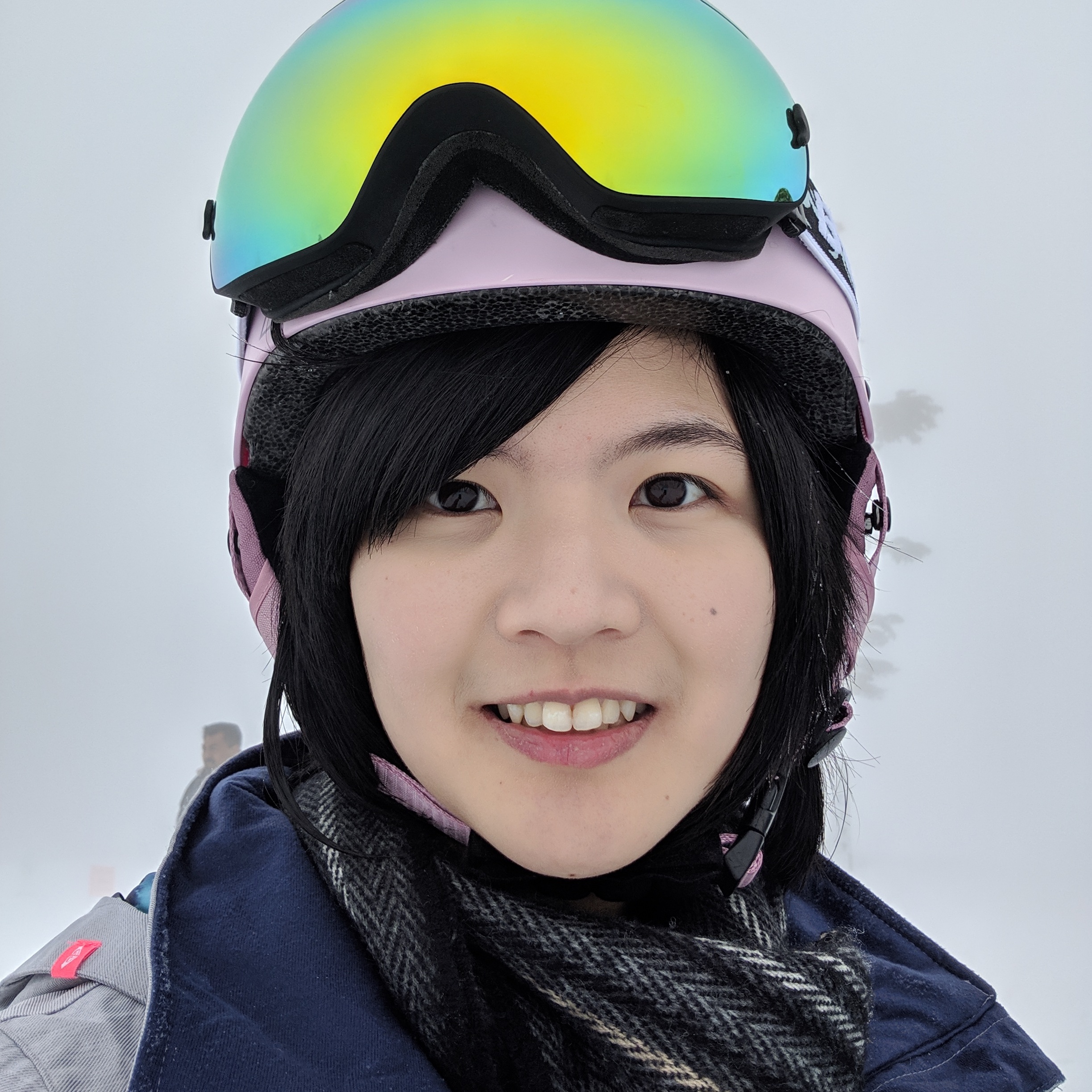Cited By
View all- Odom WWhite JBarnett SBrand NLin HYoo MAmram T(2024)Capra: Making Use of Multiple Perspectives for Capturing, Noticing and Revisiting Hiking Experiences Over TimeProceedings of the 2024 CHI Conference on Human Factors in Computing Systems10.1145/3613904.3642284(1-27)Online publication date: 11-May-2024



